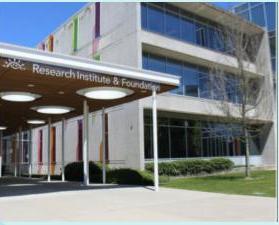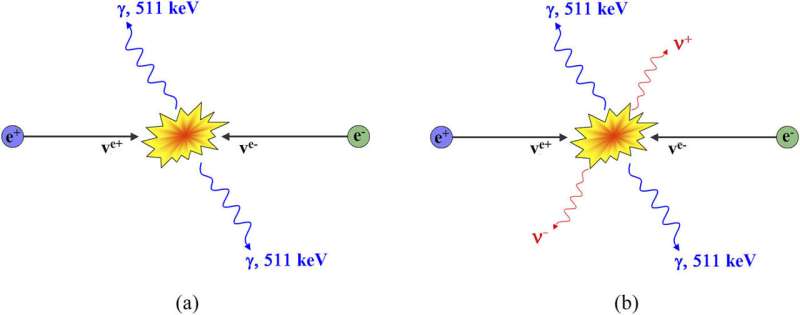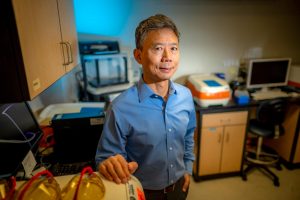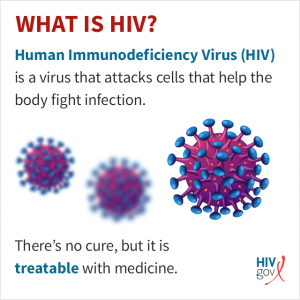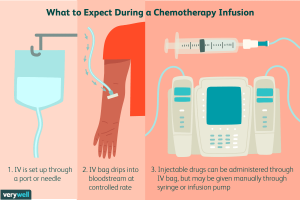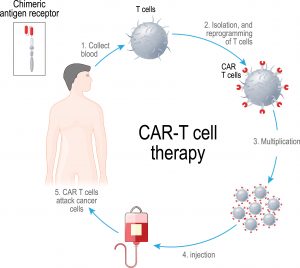As we see rising global temperatures, shrinking glaciers, increased species extinction, and so much more, research in environmental conservation in the 21st century has become more important than ever. Dr. Nathalie Isabelle Chardon and her colleague’s research in Greenland, published on March 23, 2022, emphasizes the need for more attention to data collection for species prediction.
Predicting Species Distribution & Abundance
A vital part of environmental conservation is tracking and predicting where species will be as they are subject to changes in the environment. These predictions are generated by examining where species are located, in what amounts, the environmental conditions they are found in, as well as the interactions they have with other species in the area. Such models are called species distribution (SDM) and abundance (SAM) models.

Frame quadrant data collection in Greenland Source: Nathalie Isabelle Chardon
Based on these models, researchers can then predict whether or not a species would be expected to be found in another area with similar conditions. The ability to make predictions on species distribution and abundance is crucial in understanding how these species will be affected by things like human interference and climate change. Scientists can then use this information to determine what species are in need of conversation efforts and to what degree of urgency.
New Research in SDM/SAM Modeling
Models such as the SDM and SAM have existed and have been used by researchers to study conservation biogeography 2013. However, a big part of science is that it is constantly evolving, changing, and adapting to new information uncovered by scientists, and such change is seen in SDM and SAM models as well. A recent study conducted by Dr.Chardon found that while common models using only one location to collect data provide good model performance, that does not necessarily guarantee realistic results. The study found that although models that use multiple locations for data collection had an overall weaker model performance, the generated results were more realistic and applicable. Additionally, Dr.Chardon’s research also indicated that including interactions between species as a variable of these models can greatly improve the model’s performance.
Importance of Science Communication in Environmental Research
The health of our planet and biodiversity is vital to our survival as human beings that rely solely on the environment for resources. Not only does this make research in environmental conservation important, but public awareness of this issue is also just as important. Effective public awareness comes down to effective science communication between scientists and the public. To this day, we continue to see a denial of the idea that climate change is real. Such conflict in climate change opinions often stems from mistrust and miscommunication between scientists and the audience, as well as personal beliefs regarding the topic. Thus, emphasizing the importance for scientists to share knowledge on how conclusions to scientific statements are made, as well as for the public to be open to new findings.

Dr.Chardon and Colleague during their research in Greenland Source: Dr.Nathalie Isabelle Chardon
Written by: Group 2 – Irene Choi, Joanne Kit, Jonathan Hao, & Sicong He

